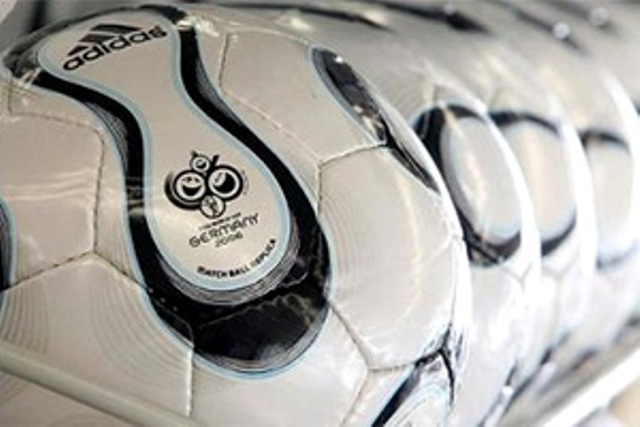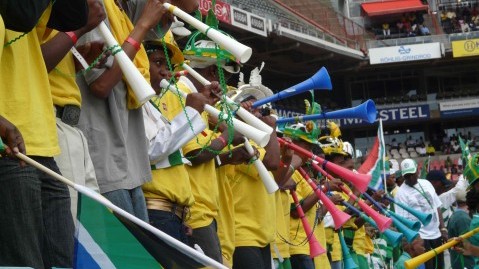
The Pakistani FIFA 2006 ball vs the FIFA 2010 Jabulani
People have been ignorant about the fact that Pakistan meets and delivers 75-85% of the world’s total football demand and consumption, annually, matching FIFA’s standards at the highest degrees. With such high quality standards and such a vast quality supply, people still feel crossed on why this year, at the FIFA World Cup 2010, Pakistani balls were only used during the practice sessions by the teams, and not in the official matches. Not to forget, this year’s official World Cup ball has come from China, known as Jabulani, meaning “rejoice” in the Zulu African language. The official World Cup ball of 2006, known as Teamgeist, meaning “team spirit” in the German language, was made in Pakistan and Thailand, mainly.
It’s high time we compare Teamgeist to Jabulani, to see what advancements have been made and what edge the successor has over its forerunner.
Teamgeist - Jabulani: Head to Head
Stats Table for Teamgeist
| Properties | FIFA standards | Teamgeist | Jabulani |
| Circumference | 68.5 - 69.5 cm | 69.0 – 69.25 cm | 69.0 ± 0.2 cm |
| Diameter | ≤ 1.5% difference | ≤ 1.0% difference | ≤ 1.0% difference |
| Water absorption | ≤ 10% weight increase | ≤ 0.1 % weight increase | ≤ 0% weight increase |
| Weight | 420 – 445 g | 441 – 444 g | 440 ± 0.2 g |
| Shape and size retention | 2000 cycles at 50 km/h | 3500 cycles at 50 km/h | - |
| Rebound test | ≤ 10 cm | ≤ 2 cm | ≤ 6 cm |
| Loss of pressure | ≤ 20% | ≤ 11% | ≤ 10% |
Beyond the Technical Measurements
Jabulani takes another step towards perfection with just eight EVA and TPU panels that provide a 70 per cent larger striking surface due to fewer seams. While the Teamgeist ball was great for strikers, many goal keepers complained that the ball’s aerodynamics created a lack of rotation in the air, making its path at times erratic, like a knuckleball. Jabulani attempts to stabilize the flight pattern of the ball through what Adidas is calling ‘aero grooves’, essentially long indentations along the panels. The grooves divide the ball up into additional pseudo-panels but by molding the grooves Adidas can achieve consistent location and shape to achieve optimal flight. The surface of the ball has also been covered with raised nubbins to help with tactile feel on the foot.
The Jabulani ball is surrounded by GripnGroove technology, allowing it to be aerodynamically advanced. This provides flight characteristics not seen on any other ball. The makers have added little ridges that surround the ball in many circular shapes that can clearly be felt when holding it. Like the dimples that surround a golf ball, GripnGroove’s function is to improve how the ball passes through air; basically it enhances how aerodynamic the ball is.



COMMENTS (3)
Comments are moderated and generally will be posted if they are on-topic and not abusive.
For more information, please see our Comments FAQ